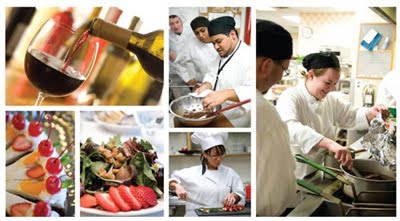Version 1
Yields 16 buns
Ingredients
Buns
- 1 tablespoon (1 packet) active dry yeast
- 1 cup warm water, plus additional as needed
- 4 cups all-purpose flour (I like White Lily)
- 2 tablespoons granulated sugar, divided
- 1 teaspoon double-acting baking powder
- 1 teaspoon kosher salt
Filling
- 8 ounces ground pork
- 1/4 cup finely chopped Chinese cabbage or bok choy
- 1/4 cup finely chopped scallions
- 2 tablespoons soy sauce
- 1 tablespoon sesame oil
- 1 tablespoon sherry or rice wine
Instructions
- For the buns, in a small bowl, sprinkle the yeast over the warm water. Allow to proof until bubbly and creamy, about 10 minutes.
- Sift the flour, sugar, and baking powder into the bowl of a stand mixer fitted with the dough hook attachment. Add the salt. Turn the mixer on low speed, and pour in the warm water-yeast mixture until the dough begins to form a ball. If it looks too dry, add more water, tablespoon by tablespoon, until it forms a ragged clump. Continue to knead on low speed for 5 to 10 minutes, until the dough is smooth, shiny, and springy to the touch.
- (Alternately, you can do this by hand: Dribble the water into a large bowl holding the flour mixture, using one hand to slowly mix it in a circular direction. When it forms the ragged clump, turn the dough out onto a floured countertop and knead by hand until the dough is smooth and shiny.)
- Place the dough in a well-oiled bowl, flipping the dough to coat it in oil, and cover with plastic wrap. Store the bowl in a warm, draft free place until it doubles in size, approximately 2 to 3 hours.
- Prepare the filling (recipe below). Cut 16 squares (approximately 3-inches each) of wax or parchment paper. Spray each square with cooking oil.
- Punch the dough down, then divide in half. Roll each half into a rectangular log. Using a pastry cutter, slice each log into 8 pieces. Roll a slice into a ball, then shape it into a thin, flat disc (like a pancake). Try to keep the center of the disc thicker than the edges. (Once steamed, this keeps the bun from being too doughy on one side and too thin on the other.)
- Spoon a dollop of filling into the center of the disc. Pull the edges up around the filling and pinch together to form a bun. Place the bun on a square of parchment paper and cover with a towel. Continue this process with the rest of the dough until all of the buns are filled. Allow the buns to rest for 20 - 30 minutes.
- To cook, prepare the steamer basket. Working in batches, position filled buns (each still on its parchment square!) into the steamer, allowing room on all sides. (The cooked buns will be up to 50 percent larger.) I placed the buns seam-side down so they would have a smooth, round top.
- Steam the buns for 15 minutes, then remove the pan and basket from the heat. Let sit for 5 minutes before removing the lid. Remove the parchment paper from the bottom of the buns and serve immediately. To reheat heat buns (they will keep for a few days in the refrigerator), pop in the microwave for 30 seconds or re-steam.
- For the filling, combine the pork, cabbage, scallions, soy, sesame oil, and sherry in a large bowl. Set aside.





